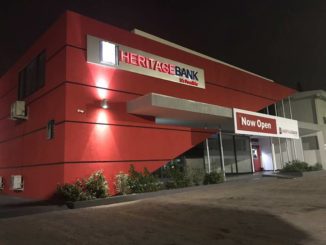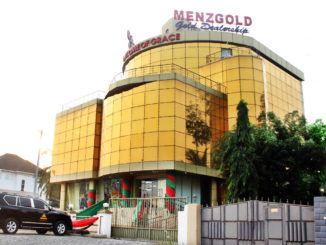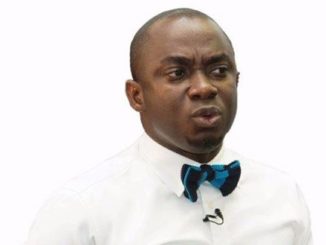 In spite of earlier attempts to consolidate the National Investment Bank (NIB) and the Agricultural Development Bank (ADB) into a proposed national development bank, the GRAPHIC BUSINESS has learnt that the government plans to raise GH¢400 million in fresh capital for the NIB in return for the bank’s 24 per cent stake in Nestle Ghana Limited.
In spite of earlier attempts to consolidate the National Investment Bank (NIB) and the Agricultural Development Bank (ADB) into a proposed national development bank, the GRAPHIC BUSINESS has learnt that the government plans to raise GH¢400 million in fresh capital for the NIB in return for the bank’s 24 per cent stake in Nestle Ghana Limited.
It follows a proposal by the bank to disinvest from Nestle Ghana and use the proceeds to shore up its stated capital to levels required by the Bank of Ghana (BoG).
Independent valuation
Rather than allow the NIB to sell the stake to an interested investor, one source said the minister asked that the bank to transfer ownership of its stake to the government in return for the cash equivalent.
An independent valuation done in the latter part of 2017 priced the bank’s 24 per cent stake in Nestle at around GH¢400 million.
“That has been the position of the board for a long time now but it was put on hold. Now, there is that go ahead to capitalise but the minister says government will take that interest in Nestle and give us the amount we need to capitalise,” the source said.
Although a good move, the sale of NIB’s stake in Nestle will deny the bank of the handsome dividend it has been receiving over the years.
The paper understands that the annual dividend has been a key booster to the bank’s balance sheet.
Taskforce on merger
Another source familiar with the discussions told the paper that the minister was due to announce the recapitalisation plan in August this year, when the bank hopes to hold its annual general meeting.
Although a smooth way to recapitalise the wholly state-owned lender, the current capital raising exercise raises questions about the government’s earlier position to merge NIB and ADB into a national development bank to finance turnkey projects in industry and agriculture.
Mr Ofori-Atta, who announced the plan in November last year, added that the proposed development bank would be capitalised to US$500 – giving it patient and long-term capital that can help realise the government’s agenda of industrialisation and a Ghana beyond aid.
Subsequent to the announcement, the GRAPHIC BUSINESS understands that a taskforce has been set up to advise the ministry on the merger.
One person familiar with the process said the taskforce had concluded its work and presented a report to the minister for review.
“It is a process that the minister is following. He set up a taskforce and that taskforce has advised him. He is currently reviewing that work of the taskforce and it is only after the review that the minister will say whether or not the merger is coming on,” the source said.
Good move
An investment banker and Chief Executive Officer of C-NERGY, Mr Michael Cobblah, said in an interview that the proposed merger was “a good move.”
“It is not the business of government to get into business. It should be private sector led, even if there is a compelling business reason. The NIB-ADB move is a good one but the ADB is listed so there are implications. It’s no longer a pure government’s bank so one needs to engage the shareholders for some kind of consensus,” he said.
He explained that it was better for the government to sell its stake in the NIB to a private investor.
Should the government aim to use the bank to promote economic development, Mr Cobblah said a golden share could be structured such that the government would have a say in the policy or sector direction of the bank.
The government and other state-owned entities currently own 52.5 per cent of ADB, although the SIC Financial Services Limited’s 10 per cent in the bank is currently in dispute.
A few days after the finance minister announced plans to consolidate the two banks into the development bank in November last year, both the ADB and NIB said they were not aware of the intentions.
Performance
Despite the general nature of toxic assets in the banking sector, the paper understands that the NIB’s exposure to the government through contractors is in excess of GH¢750 million.
The bank has not released its financial statements for the 2016 and 2017 financial years.
–
Credit: Daily Graphic



